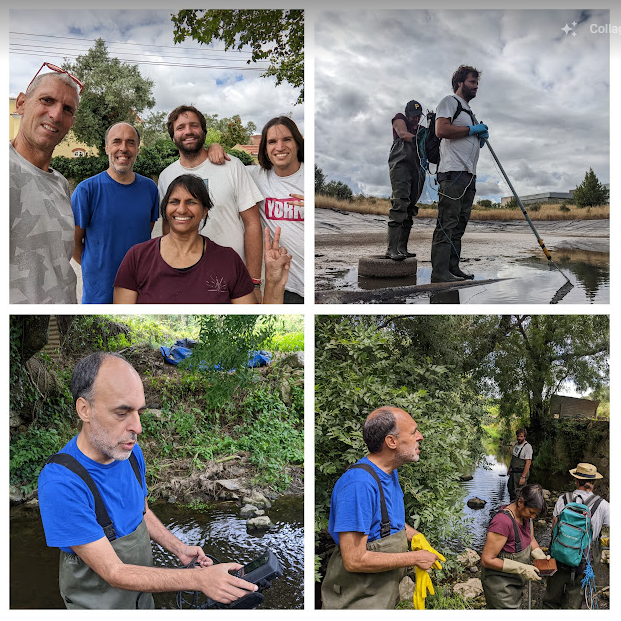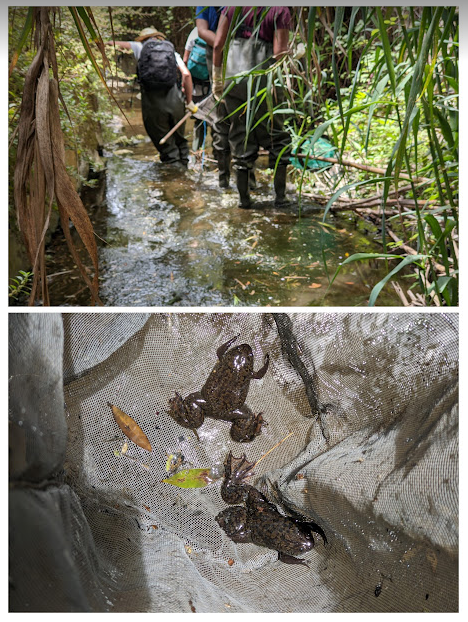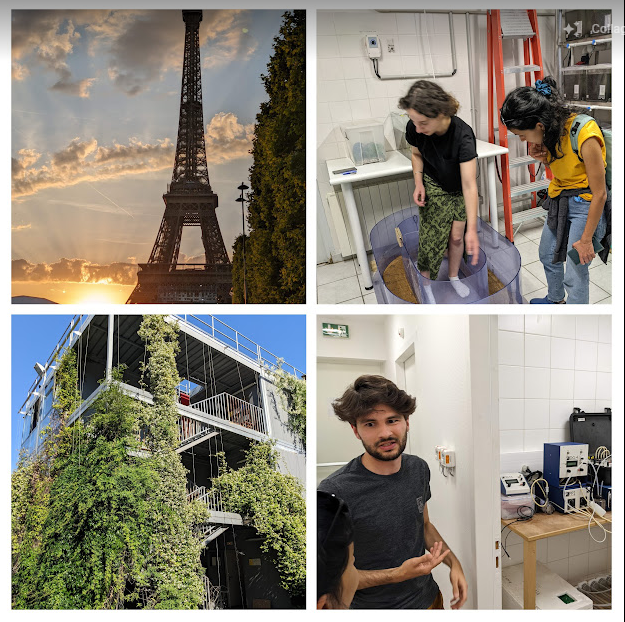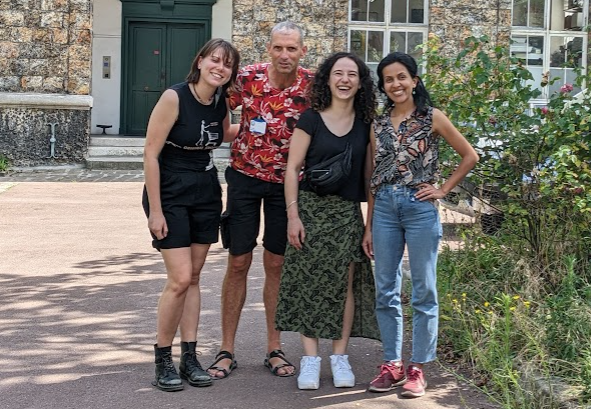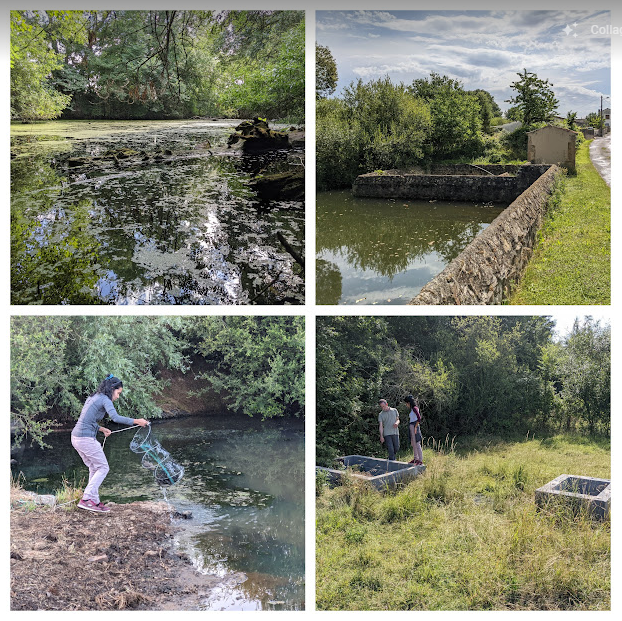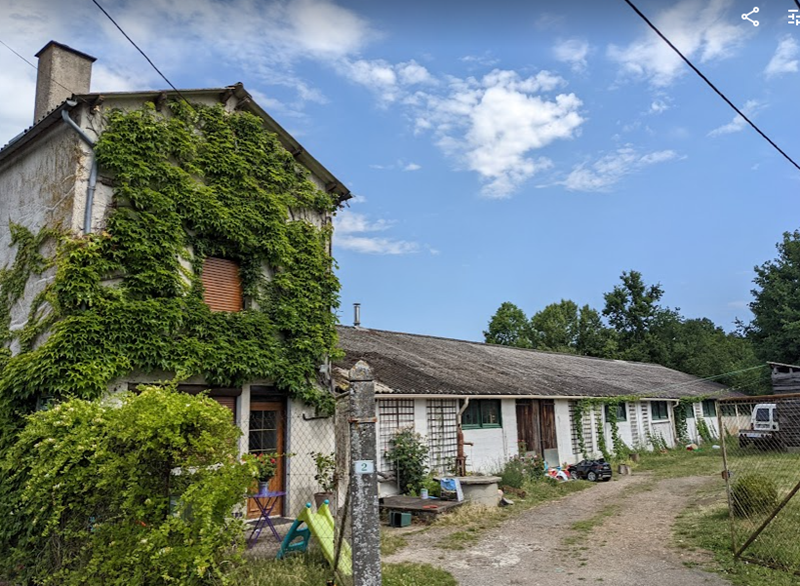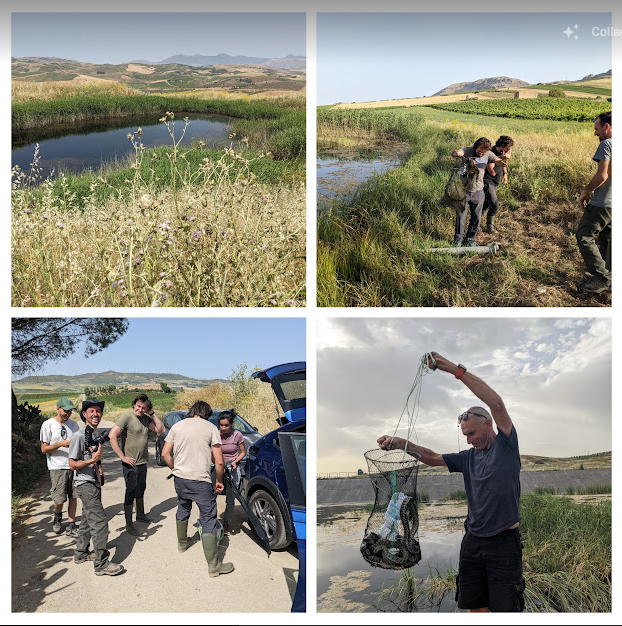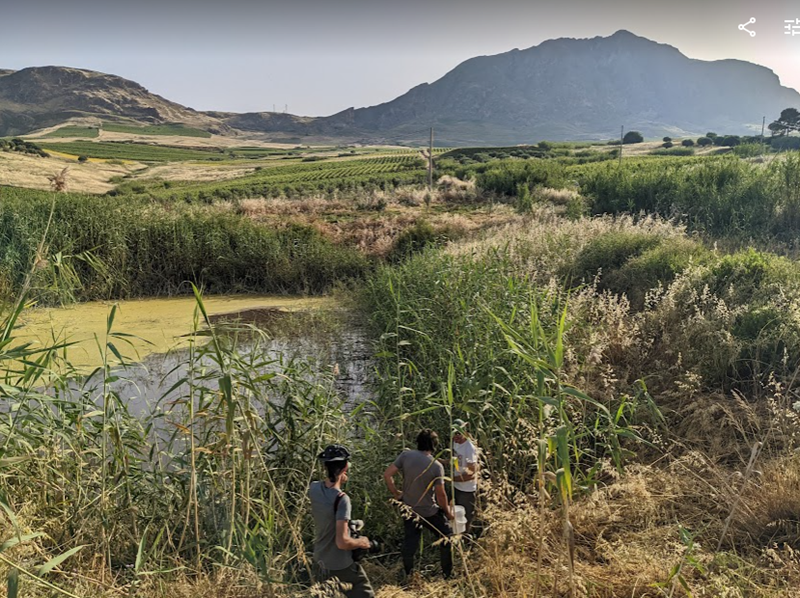Invasive Xenopus in Oeiras (near Lisbon, Portugal)
The invasive population of African clawed frogs in Portugal are also believed to have originated from a laboratory stock (Measey et al. 2012). Over the last 15 years, Rui Rebelo has been working hard to eradicate these animals from two streams invaded in the suburb of Oeiras, east of Lisbon where he works at the university. Their presence was first reported in a newspaper article in 2007, and an eradication programme has been ongoing since 2010. They have almost removed all of the animals, but a few still remain in the streams and more in a golf course between them.
In a very short trip to Lisbon, I joined Rui, the fantastically enthusiastic Monica Sousa (DCNB/DCM - Divisão de Conservação e Monitorização), and two technicians employed to electrofish the streams to remove all animals over the next couple of years: Manuel Sampaio & Bernardo.
In only a day, we visited first the golf course to sample animals waking up from the mud to find that they were being stunned by Manuel's volts (they quickly return to normal once they get into a bucket of water), and then to each of the streams where we managed to catch just two more individuals hiding in the stonework at the bottom of the walls.
It was a fabulous visit and really very successful, adding another invasive population to the growing list of sites in our study on the genomics of Xenopus laevis.
Many thanks go to Monica and Rui for making this day possible and for their ongoing work on removing this invasive population from Portugal. I'm sure that you'll manage it!
